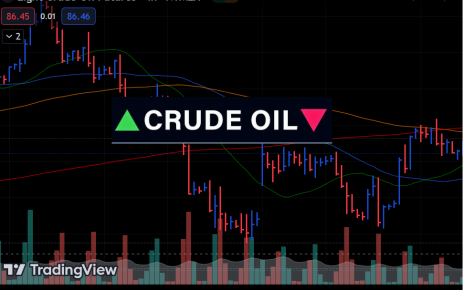- US crude oil inventories decreased by almost 6 million barrels last week.
- Fed minutes indicated differing opinions regarding the need for more rate hikes.
- China’s retail sales, industrial output, and investment figures failed to meet expectations.
On Wednesday, oil prices dropped despite a significant decrease in US crude stocks. Investors were torn between concerns about China’s struggling economy and the anticipation of tighter supply in the United States. In the previous session, oil benchmarks fell more than 1%, reaching their lowest point since August 8th.
WTI and Brent futures (Source: Nymex, ICE)
Last week, US crude oil inventories decreased by almost 6 million barrels due to robust exports and refining activities. This happened despite increased crude production, which reached its highest level since the COVID-19 pandemic led to a decline in fuel consumption.
However, gasoline supply dipped by 451,000 barrels per day during the week, coinciding with the conclusion of the peak driving season. Jim Ritterbusch of Ritterbusch and Associates LLC in Galena, Illinois, commented that this week’s drawdown balanced the unexpected 6 million barrel build from the previous week.
Equities and oil experienced declines after the Federal Reserve’s minutes indicated differing opinions among central bank officials regarding the necessity of additional rate hikes. Elevated interest rates raise borrowing expenses for businesses and consumers, potentially dampening economic growth and reducing oil demand.
The spotlight remained on China’s sluggish economy, as its retail sales, industrial output, and investment figures failed to meet expectations. This discrepancy raised concerns about a prolonged and more severe economic slowdown.
Worries have surfaced about China’s ability to achieve its approximately 5% growth target for the year without implementing more fiscal stimulus. There have been calls for decisive actions by authorities after the release of July’s activity figures. Leading a cabinet meeting on Wednesday, Premier Li Qiang indicated China’s commitment to introducing policies to boost consumption and investment.
The expectations of the OPEC+ group and the International Energy Agency (IEA) hinge on China, the world’s largest oil importer, to stimulate crude demand throughout the remainder of 2023.
While poor economic indicators from China have given investors a reasonable reason to adopt a defensive stance, the global oil balance remains tight, according to PVM analyst Tamas Varga. He referred to the latest US crude inventory figures, suggesting that the overall oil market fundamentals remain stable despite China’s influence.
Over the past seven weeks, supply cuts from Saudi Arabia and Russia have increased oil prices.





